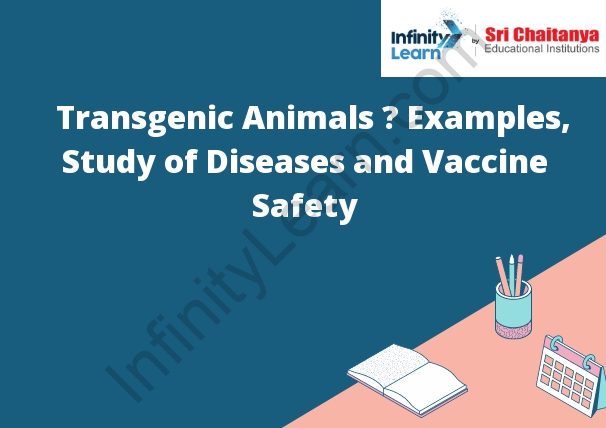Table of Contents
What makes animals Transgenic?
Transgenic animals are created by inserting new genetic material into an animal’s cells. This new genetic material can come from another animal, a plant, or even a virus. The new genetic material can change the animal’s characteristics in any number of ways.

Methods for Creating Transgenic Animals
There are a few different methods for creating transgenic animals. One common method is to use a virus to insert the desired gene into the animal’s genome. Another method is to inject the desired gene into the animal’s embryo.
Examples of Transgenic Animals
A transgenic animal is an animal that has had its genetic material altered or modified in a laboratory. This could involve the addition of new genes, the removal of genes, or the alteration of genes.
There are a number of ways in which transgenic animals can be created. One common method is to use a technique known as gene targeting. In this process, a gene is specifically targeted and then removed or altered.
Another method is to use embryonic stem cells. In this process, embryonic stem cells are taken from a donor animal and then used to create a transgenic animal. The embryonic stem cells are then injected into a host embryo, which is then implanted into a surrogate mother.
Transgenic animals can be used for a variety of purposes. One common use is to create animals that are resistant to diseases. Animals that have been modified with genes from other animals, such as sheep that have been modified to express human genes, can also be used to produce drugs and other medical treatments.
Benefits Of Transgenic Animals
There are many benefits of transgenic animals. Some of these benefits include increased production of food, medicines, and other products. Transgenic animals can also be used to study diseases and to test new drugs and treatments. Additionally, transgenic animals can help researchers learn more about how genes work and how they can be used to improve the health of animals and humans.
Normal Physiology and Development
The hypothalamus is a small, but important, part of the brain. It is responsible for controlling many important activities, including body temperature, hunger, and thirst. The hypothalamus also controls the release of many hormones, including those that control the body’s stress response.
The hypothalamus begins to develop during the third week of fetal development. By the time a baby is born, the hypothalamus has already reached its full size.
Study of Diseases
A disease is a particular abnormal condition that affects a particular part, organ, or system of an organism. Diseases are often characterized by specific symptoms. For example, one might say that a person has a cold, the flu, or cancer.
There are many different ways to study diseases. One approach is to study the biology of the disease. This includes learning about the cause of the disease, the way it spreads, and how it affects the body. Another approach is to study the treatment of the disease. This includes learning about the different methods that are available to treat the disease and the possible side effects of those treatments.
Biological Products
A biological product is a product that is derived from a living organism. Biological products can include things like vaccines, antibiotics, and blood products. They are often used to treat medical conditions.
Vaccine Safety
Datalink
The Vaccine Safety Datalink (VSD) is a collaborative project between the Centers for Disease Control and Prevention (CDC) and nine managed care organizations in the United States. The VSD was established in 1990 to monitor vaccine safety and adverse events following immunization.
The VSD uses a computerized data management system to collect and analyze information on immunization exposures and adverse events. This system allows for real-time monitoring and rapid assessment of vaccine safety.
The VSD has contributed to the understanding of a number of vaccine safety issues, including:
the safety of the MMR and varicella vaccines
the safety of the HPV vaccine
the safety of the flu vaccine
the safety of the Tdap vaccine
the safety of the meningococcal vaccine
The VSD is an important resource for vaccine safety research and monitoring.
:
This problem is not actually solved by the given answer. The correct answer is to use the fact that the length of the hypotenuse is the square root of the sum of the squares of the other two sides.









